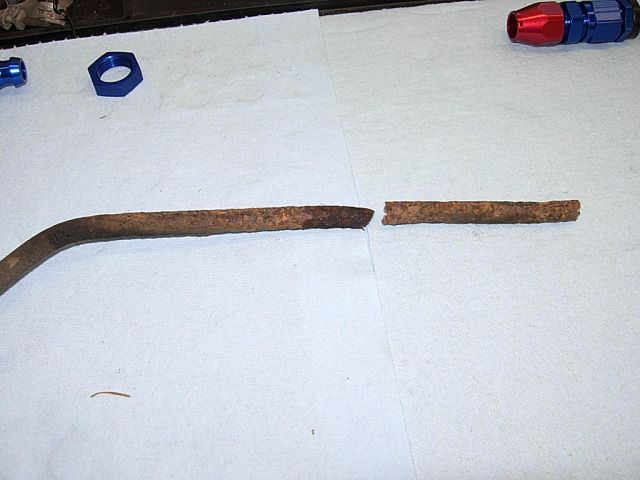- Joined
- Aug 18, 2002
- Messages
- 2,155
Hi Daniel,
So when you say "smog" I think thermactor pump and CA smog system, which our HCS cars shouldn't have. (at least mine doesn't) Do you mean the "IMCO" system?
I dug up the following diagram and according to it my vacuum hoses from the distributor are reversed from what they should be. The funny thing is that it ran fine for years this way.
Here's my current setup:

And here's the diagram:

So when you say "smog" I think thermactor pump and CA smog system, which our HCS cars shouldn't have. (at least mine doesn't) Do you mean the "IMCO" system?
I dug up the following diagram and according to it my vacuum hoses from the distributor are reversed from what they should be. The funny thing is that it ran fine for years this way.
Here's my current setup:

And here's the diagram:





